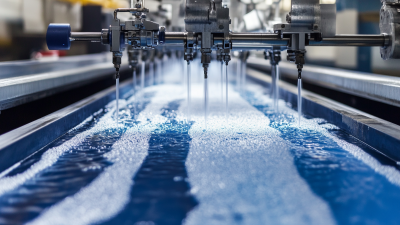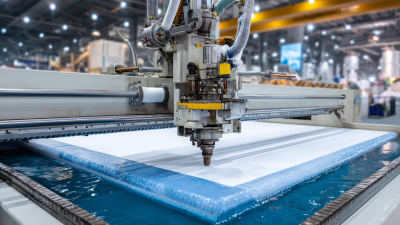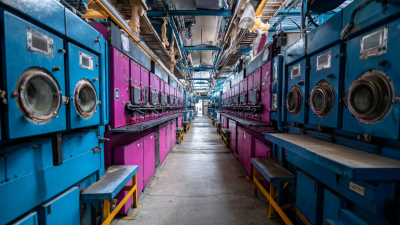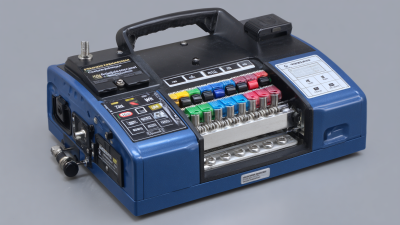Leave Your Message
The textile industry is experiencing a significant transformation with the integration of innovative technologies, notably the Water Jet Machine Textile, which is redefining production methods while promoting sustainability. According to a recent report by Grand View Research, the global textile machinery market is projected to reach $41.5 billion by 2025, with water jet technology playing a crucial role in this growth due to its efficiency and eco-friendly characteristics. Through utilizing high-pressure water jets, these machines not only enhance precision cutting but also minimize material waste and energy consumption, aligning with the increasing demand for sustainable practices in textile manufacturing. Furthermore, the ability to work with a variety of fabrics without generating harmful emissions positions Water Jet Machine Textile as a pivotal solution in addressing both production efficiency and environmental impact, catering to the evolving needs of conscious consumers and manufacturers alike.

Water jet machines have emerged as a game-changer in textile production, utilizing high-pressure water streams to cut and manipulate fabrics with unprecedented precision. Unlike traditional cutting methods, which often produce waste material, water jet technology minimizes leftover scraps, making it an eco-friendly choice for manufacturers. This innovation allows textile producers to handle a diverse range of materials, from delicate silks to robust synthetic fabrics, all while ensuring clean and precise cuts without fraying.
**Tips:** When considering the integration of water jet machines into your textile production line, evaluate the compatibility of your existing materials and the volume of production. Training your workforce on the operational aspects of these machines can also enhance efficiency and safety.
Furthermore, the environmental benefits are noteworthy. Water jet cutting uses no hazardous chemicals and consumes significantly less energy compared to conventional methods. This leads to reduced carbon footprints and aligns with the increasing demand for sustainable manufacturing practices in the textile industry. As sustainability continues to be a priority, water jet technology positions itself as a responsible and modern solution.
**Tips:** Consider conducting a lifecycle assessment to fully understand the sustainability impact of switching to water jet machines. Engaging with suppliers who prioritize sustainability can further enhance your production's eco-friendliness.
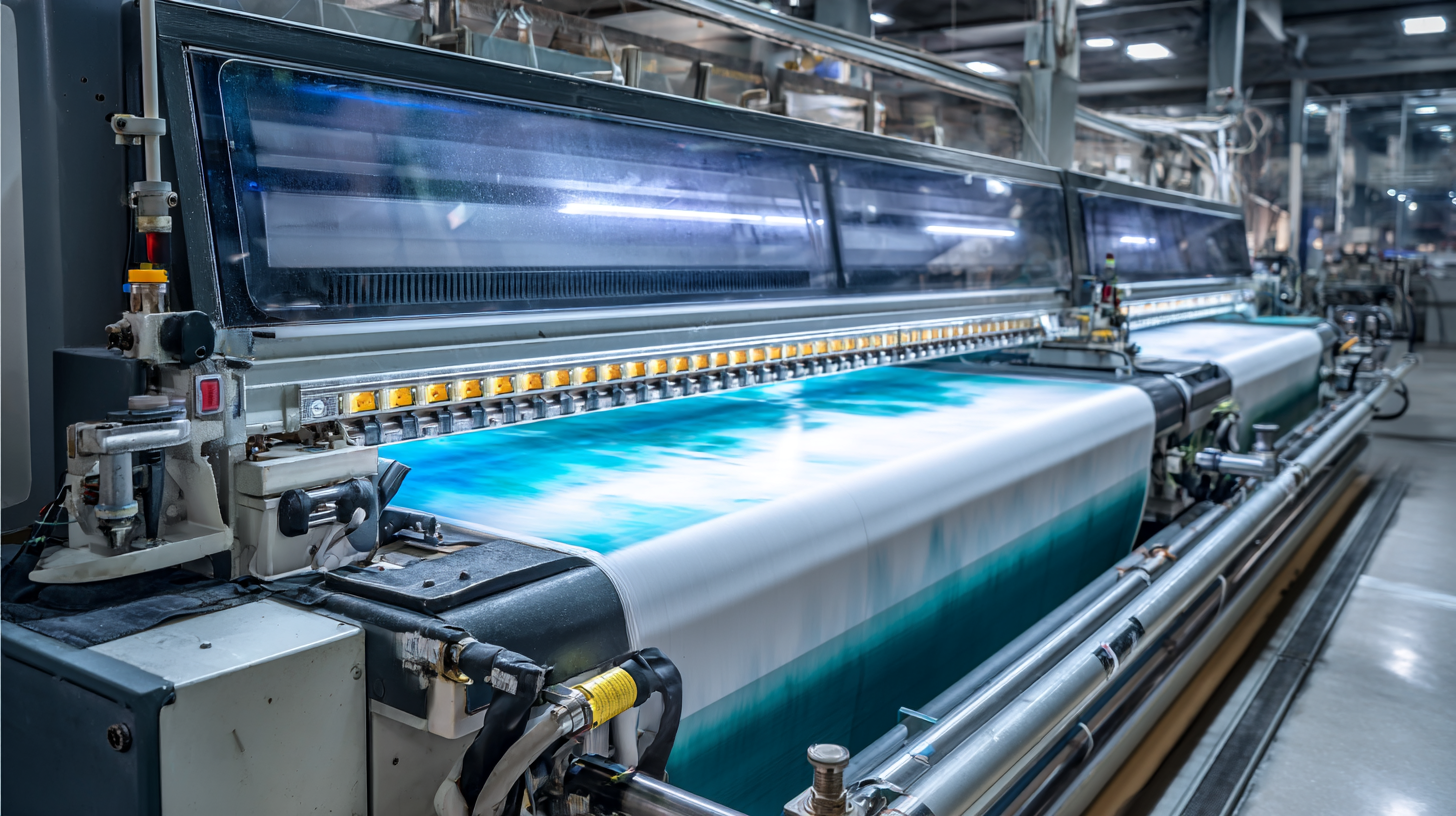
Water jet technology is transforming the textile industry by providing an eco-friendly alternative to traditional production methods. According to a report by the International Journal of Sustainable Manufacturing, water jet cutting can reduce energy consumption by up to 60% compared to conventional cutting techniques. This significant decrease in energy use not only lowers production costs but also minimizes the carbon footprint associated with textile manufacturing, making it a sustainable choice for environmentally-conscious companies.
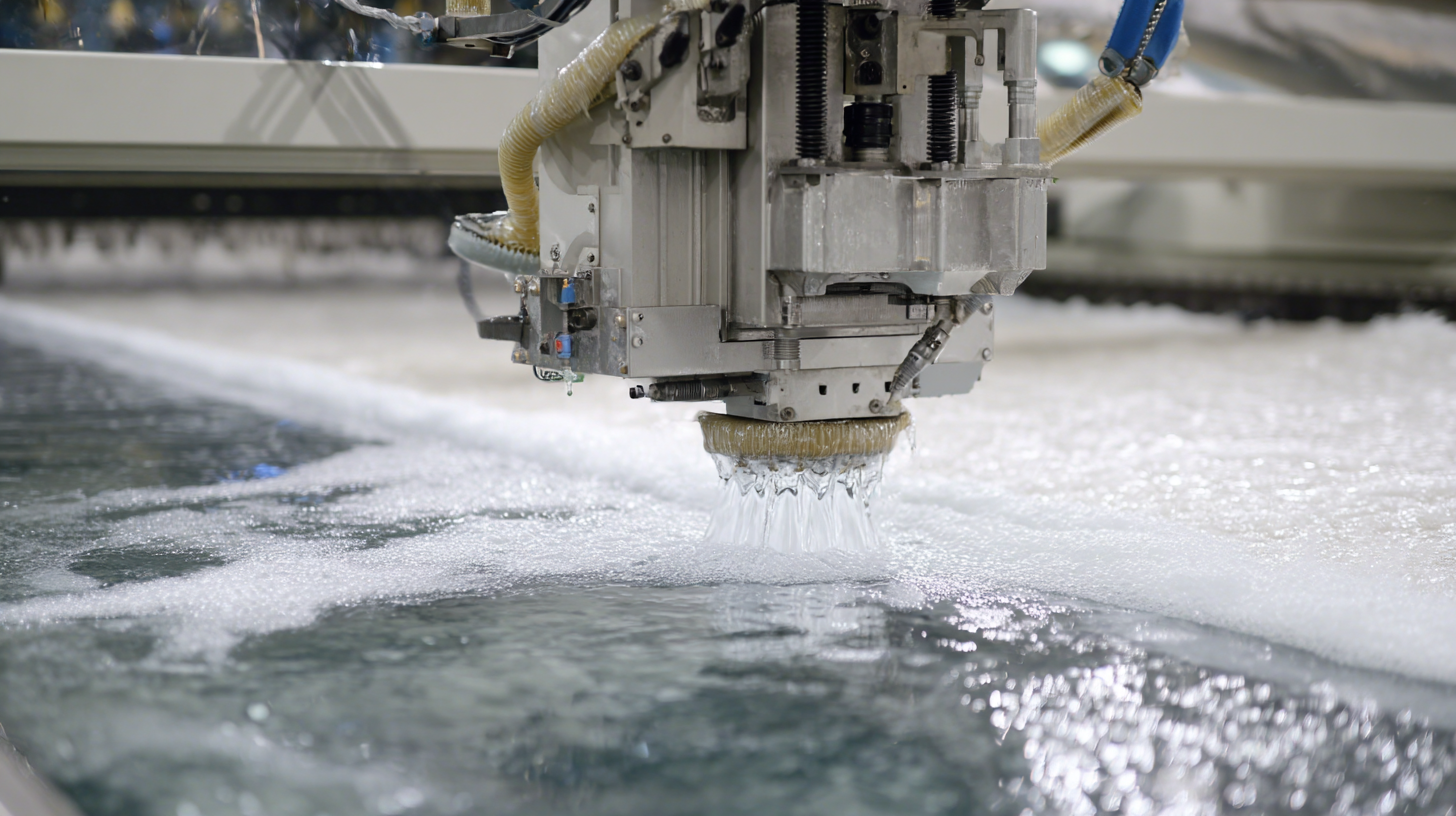
Moreover, water jet machines utilize high-pressure water streams to cut fabric without the use of harmful chemicals or emissions. A study from the Textile Research Journal indicated that this method generates less waste, with up to 90% of the material being used efficiently. This is particularly beneficial in an industry often criticized for its excessive waste and pollution. Furthermore, as brands increasingly focus on sustainable practices, adopting water jet technology positions them as leaders in eco-friendly textile production, aligning with consumer demand for sustainable products.
In recent years, water jet technology has emerged as a game-changer in textile production, particularly in reducing water consumption. Traditional manufacturing processes often involve significant water use, contributing to environmental depletion and inefficiency. Water jet machines offer a sustainable alternative, utilizing ultra-high pressure jets of water to cut materials without the need for extensive water usage. Studies suggest that implementing water jet cutting can reduce water consumption by as much as 90% compared to conventional methods, significantly lessening the industry's environmental footprint.
The market for water jet weaving machines is projected to grow substantially, with forecasts indicating an increase from USD 1.2 billion in 2024 to USD 2.5 billion by 2033. This surge in demand highlights the industry's shift towards more eco-friendly technologies. Furthermore, the integration of water jet systems minimizes waste production, as they enable precise cuts that require less material, contributing to the circular economy. As manufacturers increasingly prioritize sustainable practices, the adoption of water jet technology in textile production not only enhances efficiency but also aligns with global efforts to reduce water scarcity and promote ecological responsibility.
The integration of water jet technology in fabric design is setting a new standard for sustainability in the textile industry. By utilizing high-pressure water jets, manufacturers can cut intricate patterns and shapes in materials without the need for harmful chemicals or excessive energy consumption. According to a report by the International Textile and Apparel Association, adopting water jet cutting can reduce waste by up to 40%, making it a pivotal advancement for eco-conscious brands.
Tip: When considering water jet technology, companies should evaluate their current material usage and waste levels. A thorough analysis can highlight potential reductions in waste and energy consumption, leading to both economic and environmental benefits.
Moreover, water jet machines allow for the use of natural and recycled fibers, further bolstering eco-friendly fabric production. The implementation of this technology not only aligns with consumer demands for sustainable practices but also offers a pathway for brands to innovate and differentiate themselves in a competitive market. Industry forecasts suggest that the demand for eco-friendly textiles will continue to rise, pressing manufacturers to embrace such transformative technologies to maintain relevance and responsibility.
Tip: Brands looking to transition to more sustainable practices should consider partnerships with suppliers who utilize water jet technology, ensuring their entire supply chain adheres to eco-friendly standards.
The textile industry is undergoing a significant transformation as
water jet machines become increasingly prevalent in production processes.
These innovative systems offer not only remarkable precision and efficiency but also a notable reduction in environmental impact.
According to a report by the Global Textile Machinery Market, the use of
water jet technology can reduce water consumption by up to
60% compared to traditional dyeing methods.
This is particularly crucial in an industry that is responsible for approximately
20% of global water pollution.
In addition to conserving water, water jet systems minimize waste generation.
By utilizing advanced algorithms, these machines enable manufacturers to optimize fabric cutting with negligible leftover material.
A study by EcoFabric Solutions indicates that companies adopting water jet cutting have experienced a
30% reduction in textile waste.
This aligns perfectly with the growing consumer demand for sustainably produced goods.
Tips: To further enhance eco-friendliness, companies should consider investing in
water recycling systems that can treat and reuse water within their production facilities.
Additionally, staying updated on advancements in dyeing technologies can promote better resource management and sustainability
in textile production for the future. Embracing these innovations not only benefits the environment but can also lead to
cost savings and improved brand reputation.
